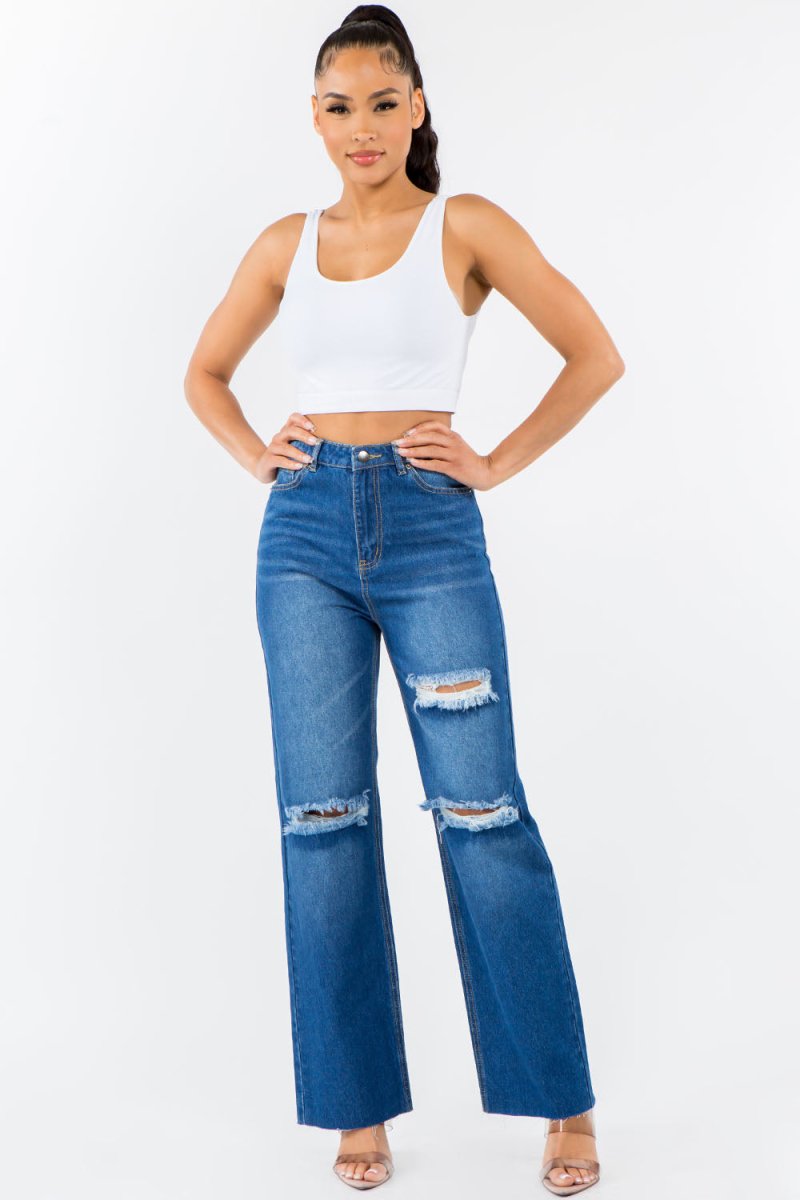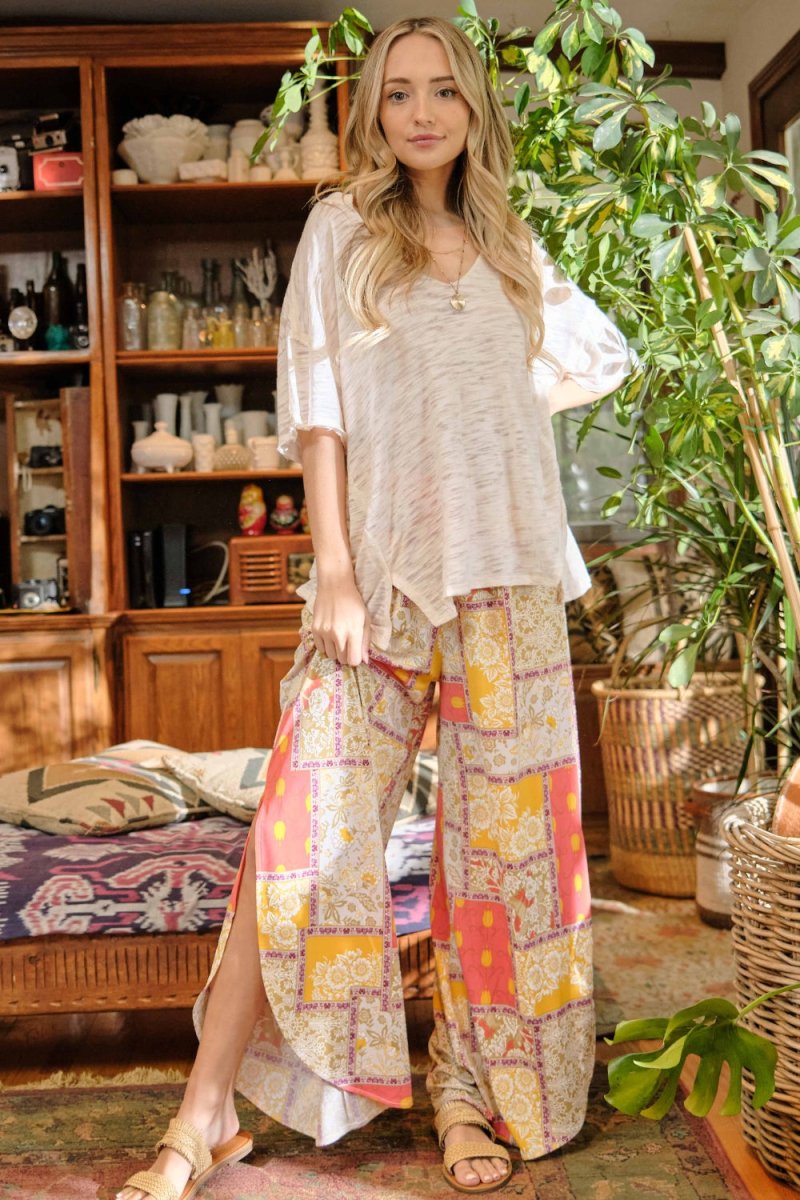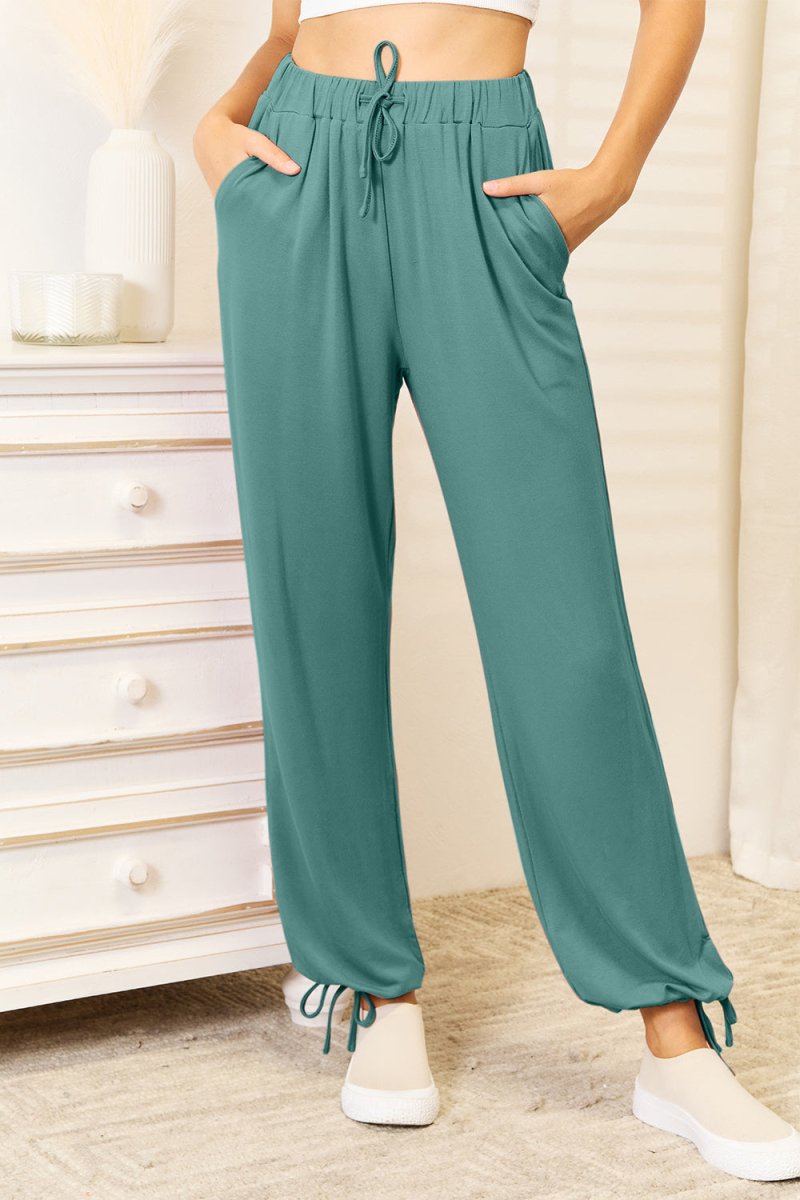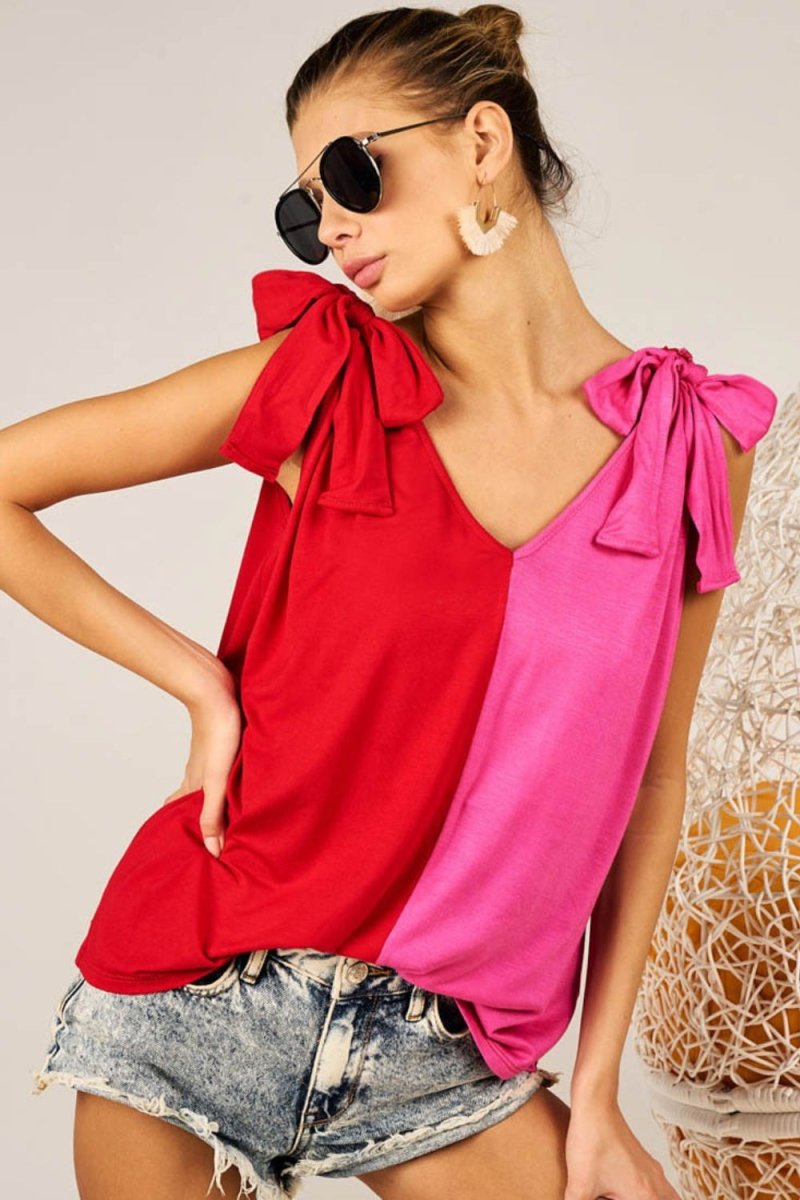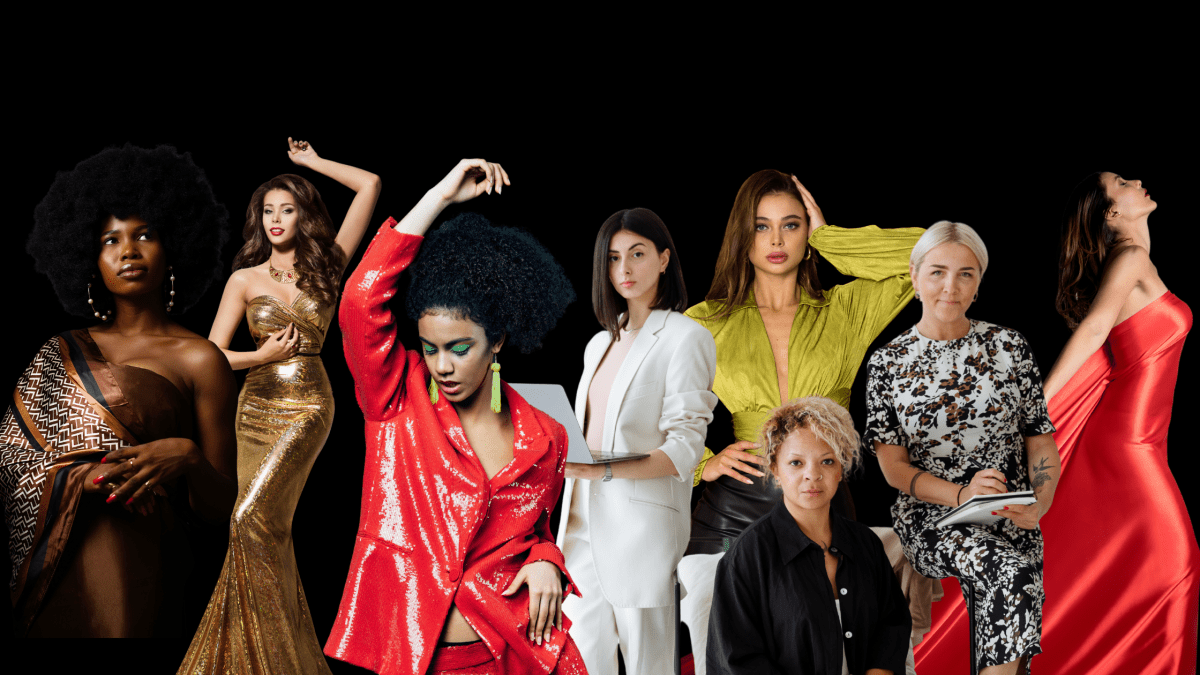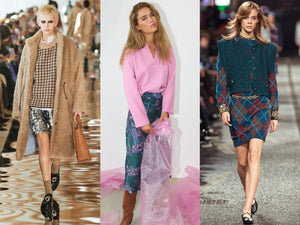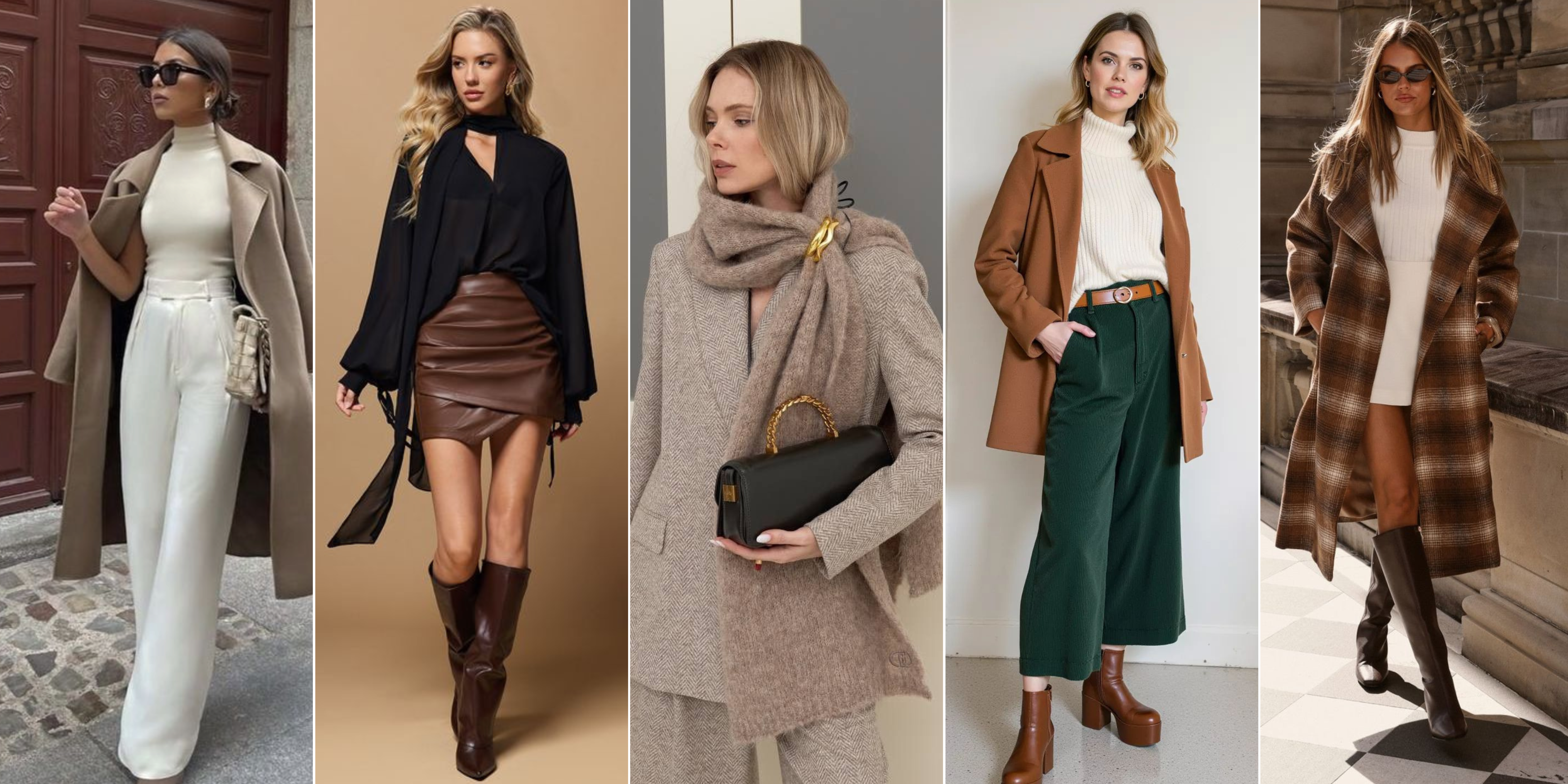By: Stephanie Williams and Shobha Sharma
Fashion, despite often being viewed as shallow in today’s times, can also be a powerful means of expressing oneself and forming a sense of personal identity. No matter if we follow what is trending in New York Fashion Week, borrow inspiration from other sources, or create an aesthetic that is entirely our own, our outer appearance reflects our inner self, or who we want to be considered in society. Some people use fashion as a way to be socially accepted, or about aligning with the latest collections from mainstream brands. Other people use it as an expressive art form, or something that dares to push social boundaries and leave the audience feeling unsettled or challenged.
-
Fashion can speak to us in a language that no one else can understand. Think “The Devil Wears Prada.” Not everyone can express themselves well in words!
-
A broad range of historical contexts can be captured through fashion. If we understand the basic premise that history repeats itself, then we can come to the conclusion that fashion trends can be thought of as cyclical.
- Cultural norms can be better understood through fashion. Each culture has its own unique values in terms of spirituality/religion, emotion, politics, etc. Some cultures are more “fixed” than others” – E.g. American culture is a melting pot of multiple ethnicities and backgrounds, so it can’t be explained through one specific style.
One of the many styles which is coming back into fashion and echoes this unique aesthetic is vintage. Because this style takes inspiration from the time period of the 1930s and 1940s, vintage and retro styles reminisce a flair of originality and nostalgia. These looks, often curated in lesser known, indie fashion labels, demonstrate a type of creativity that cannot be easily replicated. Lovers of vintage care the most about history and soul, bringing about a true sense of nostalgia, more so than about what is trending or how to impress the crowd.
While many people attempt to withdraw themselves from the world of fashion, no one is truly exempt from its impact. Even if we don’t fully understand how or why we are being influenced, we’re unconsciously impacted by social norms, cultural values, emotional needs, and spiritual values. Some people find solace or a sense of social acceptance through obeying what is popular. Other people go against the norm, preferring individualism more than conformity. And some people make clothing choices to be practical without giving much thought to the deeper meaning behind it.
Nevertheless, everyone participates in the fashion industry in one way or another. Whether we choose to make fashion choices based on inner intuition or practicality demonstrates how we wish to be perceived and how we actually do see ourselves. Even seemingly outdated styles like vintage still ripple through some modern designs, reminding us that trends die out, but inspiration for various styles can make an everlasting impact.
In the end, whether we choose to obey what is already created or choose to craft our own styles, fashion is both a deeply personal language and art form. It can be emotional, spiritual, or practical, loud and bold, or soft—but it always belongs to us.


